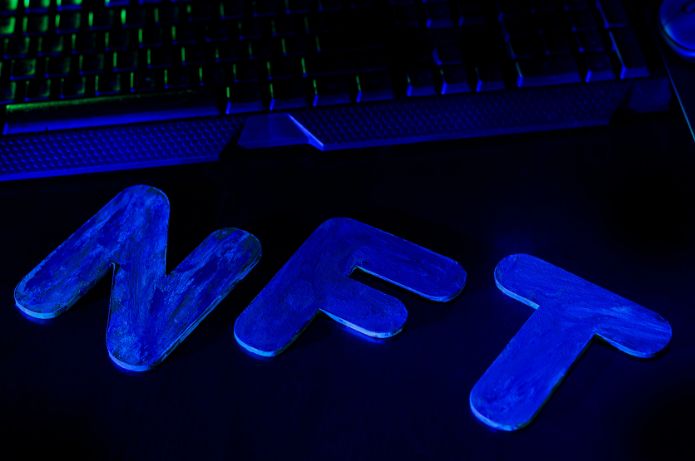In the current scenario of rapid technological evolution, companies are constantly seeking innovative ways to connect with their target audience. One of the most recent and exciting trends in this field is the use of NFTs (Non-Fungible Tokens) in marketing campaigns. This technology, based on blockchain, is opening new possibilities for brands to create unique and memorable experiences for their consumers
NFTs are unique digital assets that represent ownership of specific items, whether they are digital or physical. Unlike traditional cryptocurrencies, each NFT is unique and cannot be replaced by another, making it ideal for representing collectible items, digital artworks or exclusive experiences
One of the main advantages of using NFTs in marketing is the ability to create digital scarcity. Brands can offer limited editions of digital products or experiences, increasing its perceived value and creating a sense of exclusivity among consumers. For example, Nike launched a collection of virtual sneakers as NFTs, allowing buyers to "try on" shoes in certain virtual environments
Furthermore, NFTs offer a new way of engaging with customers. Brands can create loyalty programs based on NFTs, where customers collect exclusive tokens that unlock rewards or special experiences. This not only encourages brand loyalty, but also creates an engaged community around it
Another interesting application is the use of NFTs to authenticate physical products. Luxury brands, for example, they can issue NFTs along with their physical products, providing a digital authenticity certificate that is impossible to forge. This not only combats counterfeiting, but also adds an extra layer of value to the product
NFT-based marketing campaigns also have the potential to generate significant buzz on social media. The unique and often visually striking nature of NFTs makes them highly shareable, potentially going viral and increasing the reach of the campaign
However, it is important to note that the use of NFTs in marketing is not without challenges. The technology is still relatively new and can be confusing for many consumers. Furthermore, there are environmental concerns related to the energy consumption associated with the creation and transaction of NFTs on some blockchains
To successfully implement NFTs in your marketing strategies, companies should consider the following points
1. Understand your target audience: Not all consumers are familiar with or interested in NFTs. It is crucial to understand if this technology resonates with your audience
2. Create real value: NFTs must provide tangible value to consumers, whether through exclusive experiences, long-term benefits or simply as desirable collectible items
3. Educating consumers: Many people still do not fully understand what NFTs are. Brands must be prepared to educate their customers about this technology
4. Consider the environmental impact: Choose more energy-efficient blockchains to minimize the environmental impact of your NFT campaigns
5. Integrate with existing strategies: NFTs should be part of a broader marketing strategy, not an isolated tactic. In conclusion, NFTs represent a powerful and innovative tool in the digital marketing arsenal. When used creatively and strategically, they can provide unique experiences to consumers, increase engagement with the brand and create new forms of value. As technology evolves and becomes more mainstream, we can expect to see an increasingly sophisticated and impactful use of NFTs in marketing campaigns in the future


